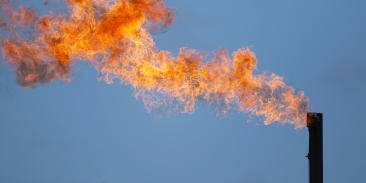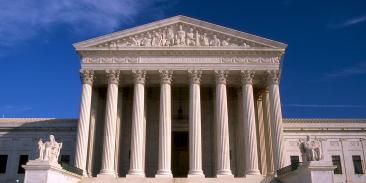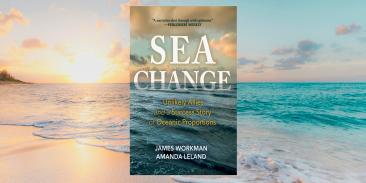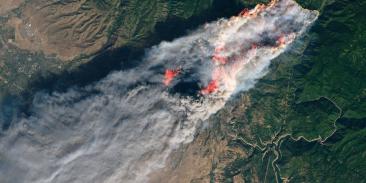Why we need a strong EPA
Created in 1970, the U.S. Environmental Protection Agency helped heal a nation of polluted lands, air and water — and the agency remains vital today
In April 1970, millions of Americans came together for the first Earth Day, gathering in their communities to call attention to environmental concerns.
There was toxic lead in gasoline. Smog choked cities, making the air so dirty that you could see it. Industrial pollution filled waterways like Ohio’s Cuyahoga River, which had famously caught fire — over a dozen times.
But many people believed the country could do better, and their advocacy made a difference. In late 1970, President Richard Nixon established the Environmental Protection Agency.
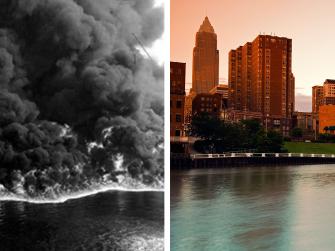
The agency’s 1972 decision to ban DDT in response to legal action by EDF was among the first of countless vital EPA actions to protect human health and the environment.
Unfortunately, many crucial protections are now under attack by the Trump administration. With so much at stake, let’s look back at what the EPA has helped accomplish — and ahead at how we can continue fighting for clean air and water for the next generation.
What is the EPA?
The EPA is a federal agency whose mission is to protect human health and the environment. This includes working to make sure people across the country have clean air to breathe, safe water to drink and communities that aren’t contaminated by toxic pollution.
The EPA implements environmental laws passed by Congress. The agency’s responsibilities include setting and enforcing limits for many types of pollution that harm people, wildlife and the environment.
Environmental protections in the U.S. are under attack. Fight back now
What does the EPA do?
Historically, it was the EPA that banned DDT, implemented bedrock clean air and water protections, and phased out leaded gasoline. The EPA has also been crucial to global environmental progress like protecting the ozone layer and cutting the pollution that drives global warming.
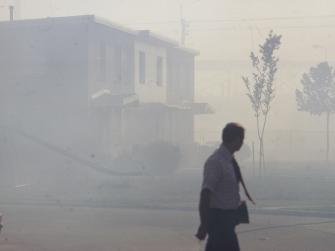
Today, the EPA funds cleanups of many brownfields — properties like former factories, gas stations or dry cleaners where hazardous substances may be present. And it’s the EPA that oversees cleanups of some of the most highly polluted sites across the country — places where hazardous waste has been dumped or poorly managed.
The agency also continues to protect people against exposure to toxic chemicals in air, water and more. Here are a few vital EPA protections that EDF helped secure in recent years:
- A historic rule that lays the foundation for eliminating lead water pipes nationwide, protecting children and families from lead in drinking water.
- Tougher limits on dangerous smokestack pollution from power plants, including mercury.
- A near total ban of the highly toxic chemical methylene chloride. EDF experts supported the advocacy of families who lost loved ones to this deadly chemical.
- New standards that will cut air pollution from cars, trucks and buses. This kind of pollution is linked to asthma, heart disease and cancer, and it’s also contributing to climate change, which fuels extreme weather.
- More protection from dangerous soot pollution.
- More protection from toxic pollution from petrochemical facilities.
- New rules to reduce harmful methane pollution from the oil and gas industry.
EDF’s attorneys, scientists and advocates work hard to make rules like these as enduring and protective as possible. Attempts to halt several recent protections have already been denied by the U.S. Supreme Court.
Environmental protections in the U.S. are under attack. Fight back now
We need a strong EPA that stands up to irresponsible polluters
Since the EPA was created in 1970, it has made the country’s air, land and water cleaner, protecting people’s health and keeping the places we cherish beautiful — all while the United States enjoyed a growing economy and expanding population.
But important environmental protections are in jeopardy.
President Donald Trump says he wants clean air and clean water, but his administration is proposing deep cuts to the EPA, which will mean more kids with asthma, higher health care costs and more pollution.
Dismantling environmental protections is reckless. People across the country care deeply about the environment, and we need to be moving forward — not backward — when it comes to protecting the people and places we love.

